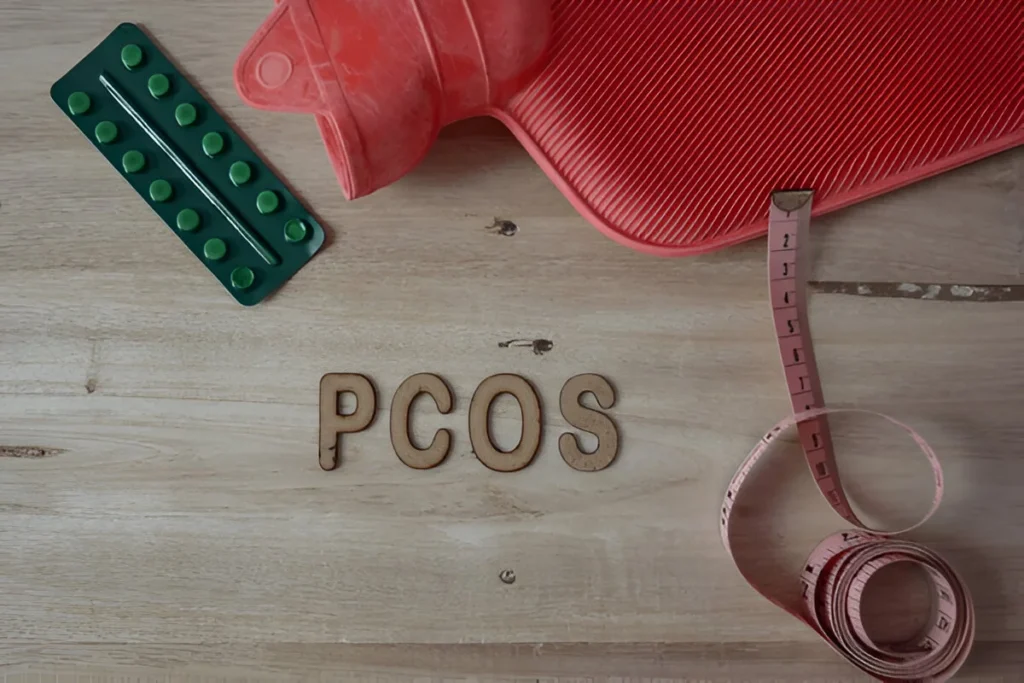-
UNITED HEALTH CENTRE 2,ELLIOT ROAD, KOLKATA - 700016
UNITED HEALTH CENTRE 2,ELLIOT ROAD, KOLKATA - 700016

Control Weight in PCOS Patients effectively with the right exercises and lifestyle insights, backed by expert advice from a professional gynecologist.
Living with PCOS (Polycystic Ovary Syndrome) is more than a hormonal imbalance—it’s a long-term health journey. One of the most pressing challenges faced by women with PCOS is unexplained or stubborn weight gain, particularly around the belly and waist. And while diet plays a significant role, exercise is a powerful tool to control weight in PCOS patients, but not just any exercise.
Understanding which exercises work, why they help, and how to do them safely is crucial for sustainable results. This guide breaks down evidence-based fitness strategies to manage PCOS weight effectively, without pushing your body too hard or compromising hormonal balance.
For many women, PCOS-related weight gain isn’t just about overeating or inactivity. It’s rooted in a deeper issue: insulin resistance, where the body’s cells don’t respond well to insulin, leading to fat storage, especially around the midsection. Exercising smartly helps in multiple ways:
But for long-term success, not all workouts are created equal.

Ideal for beginners and women with high inflammation levels, LISS workouts like brisk walking, swimming, or cycling help improve insulin sensitivity without overexerting the body.
Benefits:
Aim for: 30–45 minutes, 4–5 times a week
Building lean muscle mass is crucial to control weight in PCOS patients. Muscle burns more calories at rest, making it easier to manage body weight even when you’re not working out.
Best strength training options:
Frequency:
2–3 sessions a week, with rest days in between
Short bursts of intense activity followed by rest can improve cardiovascular health and aid fat loss. However, this style isn’t for everyone, especially if you’re dealing with high cortisol or chronic fatigue.
Important Note: Always consult with a healthcare expert before starting HIIT if you’re unsure how your body may respond.
While not traditionally associated with weight loss, yoga and Pilates are powerful tools for hormone balance, stress reduction, and emotional regulation.
Top benefits for PCOS:
Best practices: Choose hormone-balancing sequences like restorative yoga, Yin yoga, or Pilates mat routines.
Fun movement keeps motivation high. Zumba, barre, or even at-home dance workouts can improve endurance, burn calories, and lower insulin resistance—all while reducing stress.
Key: Choose joy over intensity. Consistency matters more than calories burned per session.
Striking the right balance is essential. Overtraining can worsen hormonal imbalances, while undertraining may not produce results.
A balanced weekly plan might include:
Pairing exercise with holistic habits makes your fitness journey more effective.
Experts—especially those specializing in women’s reproductive health—consistently emphasize the importance of integrating individualized fitness into PCOS management. Many now collaborate with nutritionists and physiotherapists to design personalized movement plans tailored to hormonal rhythms, weight challenges, and fertility goals.
Let’s quickly recap how intentional movement directly addresses PCOS weight gain:
Even moderate physical activity can transform how your body responds to PCOS.

Q1. Can I lose weight with PCOS just through exercise?
Weight management in PCOS often requires a combination of exercise, diet, stress reduction, and sleep regulation. Exercise alone helps, but works best when integrated into a holistic lifestyle.
Q2. What if I feel too tired to work out due to PCOS fatigue?
Start with gentle movement—walking, yoga, or stretching. It stimulates energy over time. Avoid overexertion which could worsen fatigue and hormonal imbalance.
Q3. How soon can I see results from exercise?
With consistent effort, mood and energy often improve within 2–3 weeks. Visible changes in body composition and weight may take 6–12 weeks, depending on your individual response.
Q4. Should I avoid high-impact workouts?
If you’re prone to cortisol spikes or have joint issues, it’s better to limit intense workouts. Opt for balanced routines unless advised otherwise by a specialist.
Q5. Can irregular periods get better with exercise?
Yes. Regular, moderate exercise can support menstrual regularity, especially when paired with nutrition and stress management.
There’s no one-size-fits-all workout plan for PCOS. The key lies in listening to your body, embracing variety, and focusing on consistency over intensity. By combining movement with nutrition, rest, and expert guidance, you can control weight in PCOS patients with confidence and compassion.
And remember—if you’re unsure where to begin, seeking advice from a reputable gynecologist who specializes in women’s hormonal health can provide clarity and safety. With the right guidance, many women have successfully developed fitness plans that align with their unique physiology, hormonal patterns, and long-term wellness goals. Personalized support can make the journey more effective and sustainable.